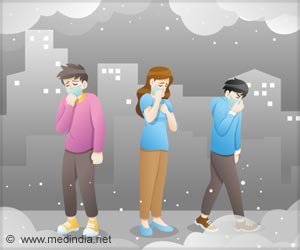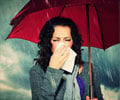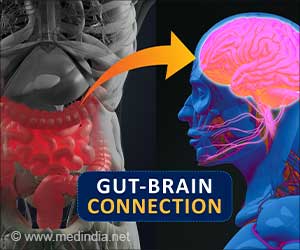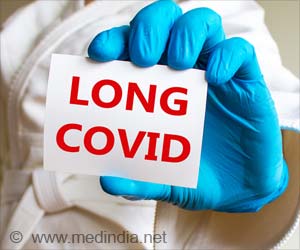Following indoor precautions such as proper ventilation and free air circulation can prevent the airborne transmission of COVID-19 virus droplets from an infected person beyond 1.5m, suggest experts.

‘Following indoor precautions such as proper ventilation and free air circulation can prevent the airborne transmission of COVID-19 virus droplets from an infected person beyond 1.5m.’
Read More..




"National health bodies responsible for controlling the pandemic are hampered by not acknowledging the research evidence of airborne transmission of viable virus droplets, that was conducted after the SARS 2003 outbreak," Professor Morawska said. Read More..
"Now is the ideal time to conduct research into how viruses can travel on the airflow, because there are many similarities between the coronavirus that caused SARS and the COVID-19 coronavirus and therefore it is highly likely that COVID-19 spreads by air.
"Analysis of the initial pattern of COVID-19 spread in China reveals multiple cases of non-contact transmission, especially in areas outside Wuhan.
"On numerous cruise ships where thousands of people onboard were infected, many of the infections occurred after passengers had to isolate in their cabins even though hand hygiene was implemented.”
"Therefore, the ventilation system could have spread the airborne virus between the cabins.”
Advertisement
"A WHO review (2009) of the evidence found viral diseases can be transmitted across distances in indoor environments by aerosol or airborne infection and can result in large clusters of infection in a short period."
- increased ventilation of indoor spaces
- use of natural ventilation
- avoiding air recirculation
- avoiding staying in another person’s direct air flow
- minimizing the number of people sharing the same environment
- providing adequate ventilation in nursing homes, hospitals, shops, offices, schools, restaurants and cruise ships.
"Such small droplets can carry their viral content metres, even tens of metres, away from the infected person."
Professor Morawska said it was difficult to directly detect viruses travelling in the air because it took knowledge of the air flow from an infected person and a long sampling period to collect enough copies of the viruses.
"Air transmission research should be undertaken now and its likelihood as a means of spread should be taken seriously with due precautions taken now.
"We have already lost valuable time by ignoring this method of spread and we should act on the presumption that COVID-19 is spreading on the air."
Source-Eurekalert















